

On Monday we had a our first brief introduction and met our fellow colleagues and instructors. We were shown around the work space itself - here at the local Barcelona Fablab. We share this lovely workshop and studio space with I.A.A.C the advanced architecture department of Catalunya university here in Barcelona.

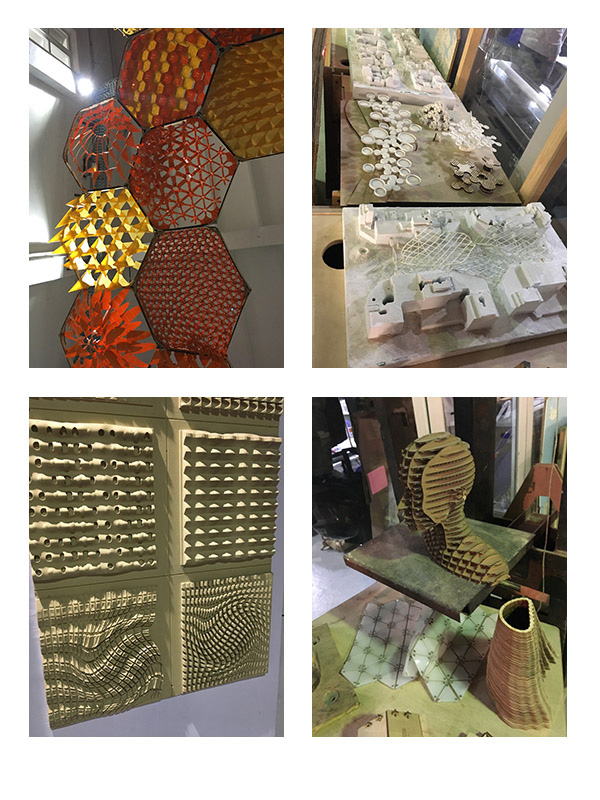
Wednesday then marked the official start of the course and our first global lecture...
We were introduced to Niel Gershenfeld, our mentor and leader throughout the course. He gave us a good overview and general understanding of the structure and content for the weeks to come. We learnt about ethos, background and evolution of Fablab and the movements of fab-academies worldwide. We were also shown previous examples of student work and various projects that have been undertaken to date. This gave us helpful inspiration, and an idea as to the scope and potential of what could be achieved whilst studying at fablab. Helping stimulate ideas for the final project, of which I already had far too many!
The primary objectives this week are to build a website - 'This Website' - Which we will use to present ourselves and to outline initial idea(s) we have for our main project, and then to document all of our subsequent work hereafter...

To complete this task we were introduced to 'HTML' coding language that we would use for our initial web-page design. With the use of basic script editors such as 'Brackets' or 'Notepad' we build the layout and structure and add content to our web-page. We would also lean about 'CSS' which is used for style sets and groupings to edit things such as font type, colour, text and image alignment within your page.
All this was really very new to me, initially I found it a big challenge just to keep up with tutorials trying to get to grips with the basic commands and functions, but I feel I am slowly beginning to understand more and more.
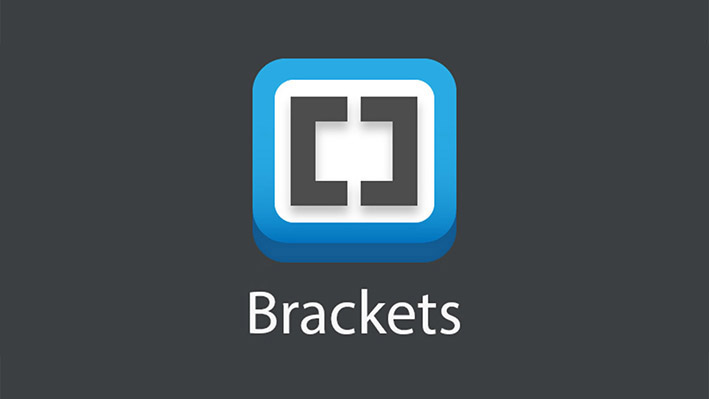
I decided to persevere using the basic HTML script whilst building my web-site, mainly to give further practice learning and using basic coding functions. And due to its simplicity and easy management of our files.
Alternatively our web-design could also be achieved using the many available online templates, or bootstrap programs which would give us more of a pre-built framework with which to work around. This may help to streamline the look of our pages and possibly our overall workflow, it is something I fully intend to check out at a later date.
We will be using GIT servers and 'GIT hub' and a local repository to store, share and track our files as we update them throughout the course. As we have a limited space of 2MB for our content each week, I wanted to focus on creating a clean simplistic look and function.
Once we had some rough content and a general skeletal framework for our web-page down in HTML format. Adding headers and titles and organising our files ready to begin the course, we then needed to download and use the 'Git' development platform.
'GIT' is a 'VCS' - version control system, designed for speed and integrity. It is a networking tool used to manage, track and coordinate changes in files between multiple users in a non linear workflow environment. We make our individual changes to our own specific student folders within the Barcelona database repository or fablab node, where it is then merged into a single tree available at:
We can perform updates to our files by a series of GIT processes:- firstly a 'git pull' to download all latest updated versions of the repository across all the nodes, then update our individual file content locally, followed by 'git add .' then a 'git commit -m' "*log message*" then finally 'git push' sending our updated files back onto the repository, where they are then published live onto the web through the Github servers.
This whole process seemed a bit technical and a little confusing to me at first! Most Git commands are done through 'Terminal' in OSX on the Mac, or 'Console/CommandPromt' in Windows. It does require some fairly complex steps in setting it all up, especially for a beginner and somewhat *NooB* like myself!
I began by watching the following tutorials:
A little practice and familiarisation with command line text input and scripting tools can really speed up workflow and become a powerful tool to navigate and control your computer, negating the need to navigate through multiple commands in software based graphic menus.
After watching tutorials on the process and following the simple steps that were given online, and from my lecture notes I finally got there and my page is now live...Please tell me what you think...?
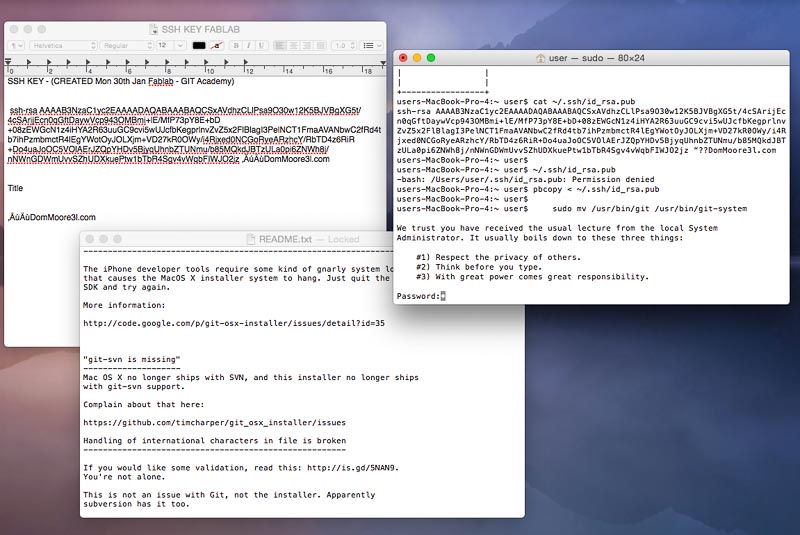
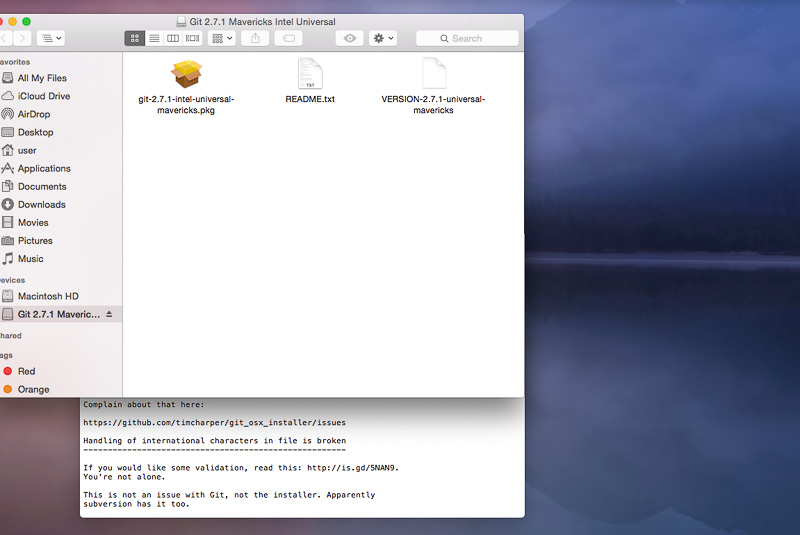
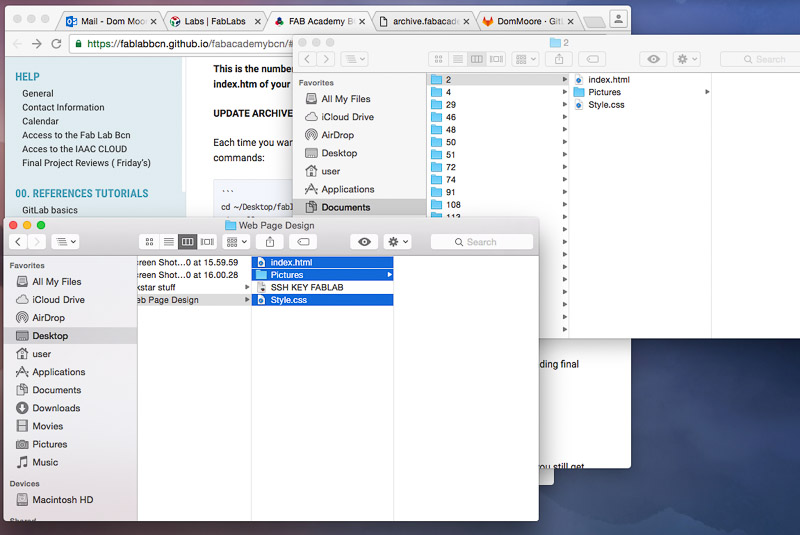
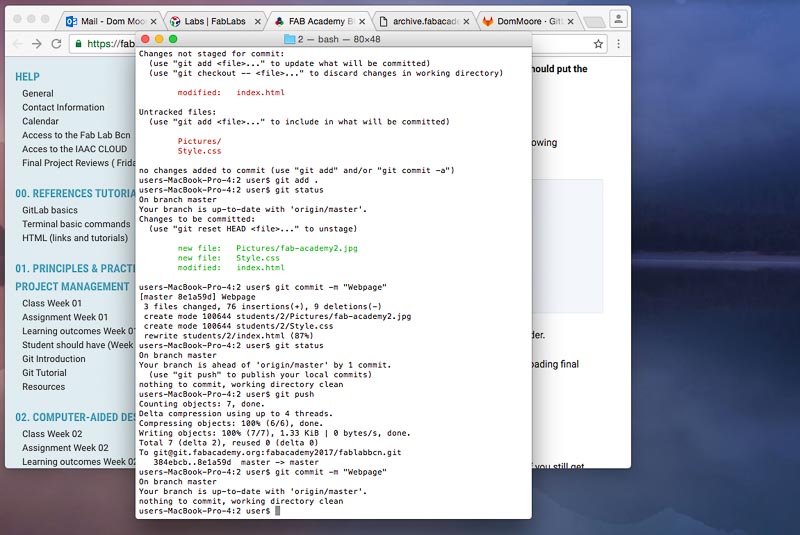
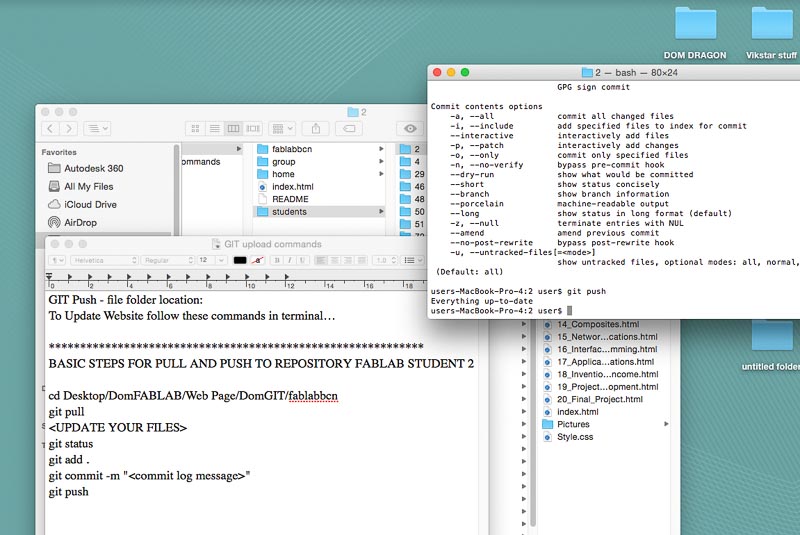


Honestly I have no real fixed idea what might constitute my final project at this stage, however I do have three main potential ideas which I will discus as follows...
1) My first notion of a project is a big one - concerning Power and Renewable energies! These include:
- solar, wind, hydro, geo-thermal energy, bio-fuel or bio-mass, hydrogen-cells, kinetic energy and heat transfer systems.
all of which are fascinating areas of interest and ongoing research for me.

First one must consider existing technologies in these areas to gain an understanding of what is out there now, what is successful and what is not, and what can be learned from current systems on the market. Over the last few years I have been interested in HVAC systems particularly powering of refrigeration systems in hot climates! The idea of solar power is one that certainly entices and appeals. In areas of abundant sunshine hours it seems amazing more of us don't make use out of this pure, clean and free energy. I am intrigued by the design types out there and possibilities of these systems, but it is a huge area to consider in its entirety for a FabLab project and the range of systems are vast and many.
In General a Solar Power collection and generating system would incorporate the following elements:
I have previously researched into the designs at the receiver end of this loop, discovering the different collector types including; parabolic convex dishes to trough types with evacuated tubes as well as the more conventional flat plates and panels. Furthermore, some more exotic power-plants involve helios arrays, converging mirrors on a receiver tower. These employ liquid salt transfer and heat pumps and exchangers with steam turbine electricity generation.
Concentrated voltaics (where the sun's light is converged and focused onto a smaller area) along with other concentrated solar power designs are particularly interesting. Being that they are relatively new concepts there is more scope and potential for refinement, testing improving of designs. Concentrated Voltaics certainly seem to make sense, and will undoubtedly be seen more in the future of things to come, with the general goal to maximise efficiency and output, whilst reducing space requirements and the ultimate cost of implementing any given system or installation.
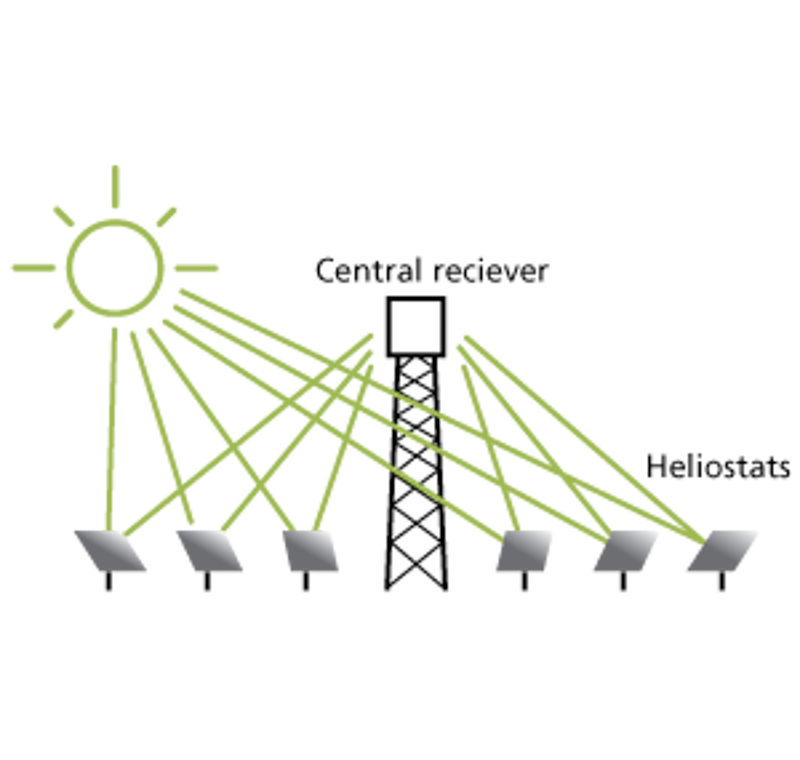
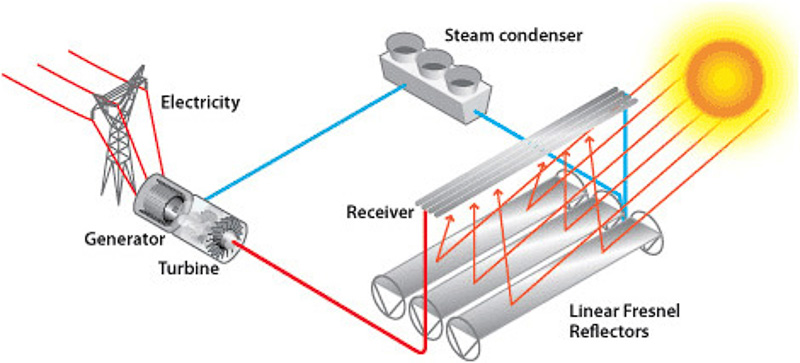


The primary factors to consider when creating a solar system are your expected average daily energy needs; based on the current draw from the devices you intend to power and how long you intend to power them for. This will give you the amp-hour value - A.H. for a typical 24-hour cycle. Which directly governs the capacity and size of the battery bank that you will require to store this charge for your application. Extra capacity is also added to this calculation to take into account for peak and surge usage levels, also to accommodate for discharge levels of the deep-cycle batteries. (commonly they shouldn't fall below 50-60%). Finally also accounting for periods when no sun is shining, and no power is generated. This is all directly relates to the amount of suns energy you can realistically collect in an average 24-hour cycle which depends largely on the space and financial limitations plus global location and the number of solar panels you think you can effectively use.
Sadly, usually the power monopoly largely still lies with governments, power companies and corporations. However, I really think there would be a big demand for a lower-cost and more efficient solar system, perhaps designed for temporary use, to be semi portable, easy to assemble and disassemble on site or in the field. It must be accessible and modular or scalable to meet requirements, providing power for small groups or gatherings. Suited to off-grid research stations or remote temporary environments, labs, emergency centres, festivals, events and many other such settings. Though decidedly more valuable would be to provide power for those that are really in need and struggling, where individuals and communities have been cut off completely from mainstream societies and their homes. In refugee camps and temporary settlements across central Europe. Large groups of people now live in undesirable if not desperate and crowded situations away from main grid power systems and other infrastructure.
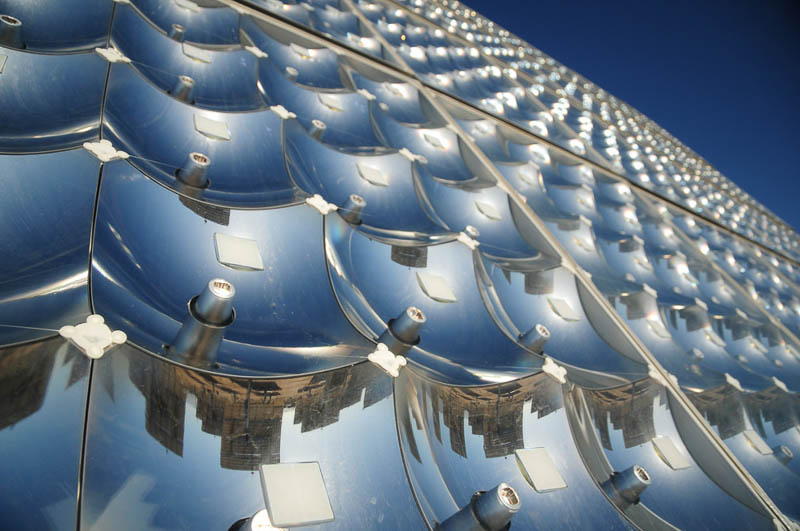
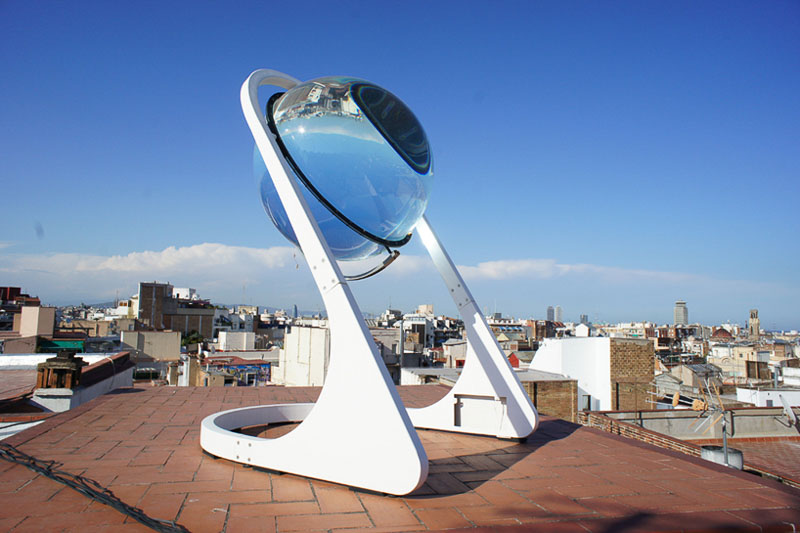
Despite my personal interest in the area and the obvious ecological and humanitarian merits of such a 'green' renewable energy based project, I am struggling to see how I might focus on just one aspect in particular to design, or to find a suitable solution to these systems as a fablab project. It would need to be something I could realistically develop and test and ideally have elements connected and tied in with each module of our course.
Initially, I am thinking maybe I could build a two axis solar-tracking system to mount future smaller footprint concentrated voltaic panels to, with which to increase their overall efficiency and effectiveness at collecting the maximum amount of the suns energy during day-light hours. The focus would be on small semi-portable, self-contained and affordable design. For simple in-field operation, a viable off-grid temporary power solution.
2) My second idea, that stems away from the first, is a kind of modular power management regulation and distribution unit. This unit would plug into the wall like a regular multi-block adapter or power-bank. It's function would be to firstly to give you a visual display of the current being drawn by each connected appliance, but also would allow for automated control over power output levels and on/off sequences to connected devices, such as lighting, heating, pumps and compressors, ventilation or whatever other device.
Essentially a base unit would feature a mains wall input and standard socket output, in-between would be where the magic happens! --- incorporating hot swappable, drop-in circuit bays, each with a different functional capability based on user requirements. Enabling power regulation depending on either a time period or cyclic interval, such as with a digital timer. Or by temperature sensor - as in the case of a thermostat, moisture as with a hygrostat, light-levels, sound, flow or any other sensing device for that matter. Multiple units could then be daisy chained together in multiple configurations for more complex set-ups. Outputs could be switchable between a simple off-on function, or have variable or graduated analogue voltage control or P.W.M digital pulse based current. Again this is probably too much to manage to tackle all of this for a fab project, and this idea would need a lot of refining and rethinking to define as a fruitful possibility.
3) My third area of interest, perhaps a more appropriate achievable fab project, manageable in the six month time frame. Would be something along the lines of an interactive tactile, kinetic art sculpture or toy.
This could be an educational learning aid of sorts, a toy to stimulate and engage children with disabilities, or those who are physically or mentally handicapped. To incorporate some form of electronics or sensor technology that controls its automation or actuation related to sound, motion and light.
This may help catch focus or train ones attention, or just to soothe the mind of the user. In order to promote dexterity, hand-eye coordination or spatial awareness. Or engage with puzzle solving problems, memory, logic and imagery receptors in the brain.`A project such as this would also give more freedom to explore some more beauty in aesthetic shapes and physical appeal to create an artistic design. I have been very interested in puppets and automata and clockwork modela for some while now. Objects that prove a concept have an engaging mechanical process or feature and can help to connect us with real life experiences and principles. This could then be programmed to sense and then reflect a mood, have a communicative function or fulfil another simplistic need like a bed-side alarm clock with dawn and dusk light. It may be a lamp or mobile type system. I am currently researching kinetic toys and sculptures to give me further ideas.
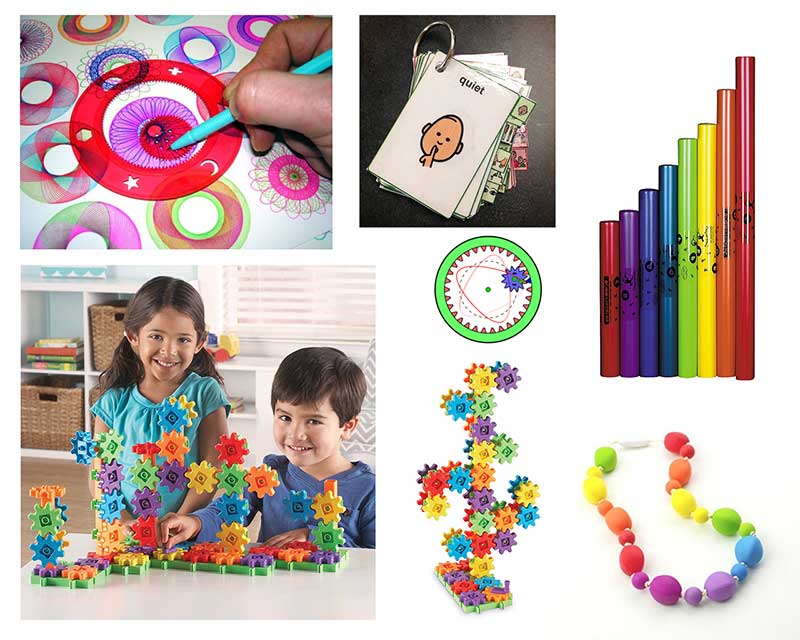
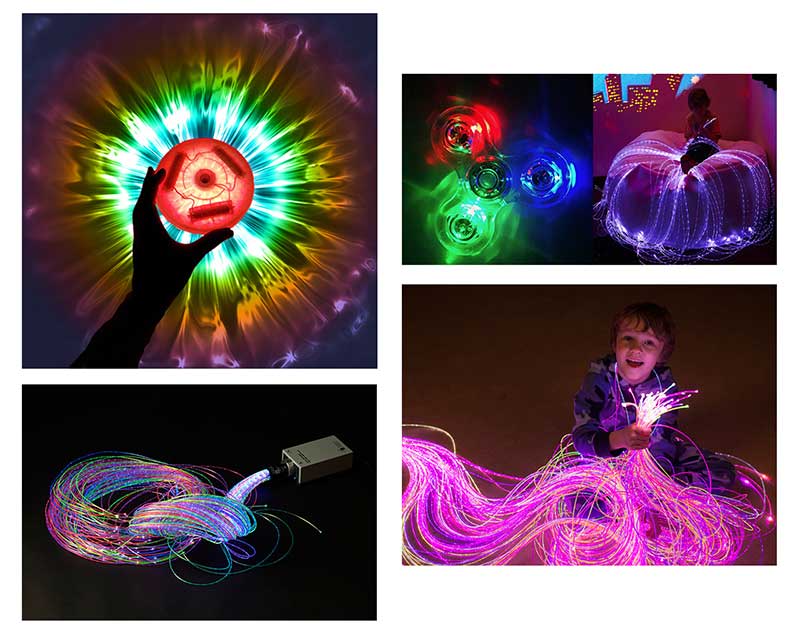
It is very difficult to decide now on which route I will take, as projects grow in each weekly assignment perhaps I will be swayed in a different direction or find more clarity to refine one of these above ideas.
Please follow my progress throughout these pages to see how my project evolves....